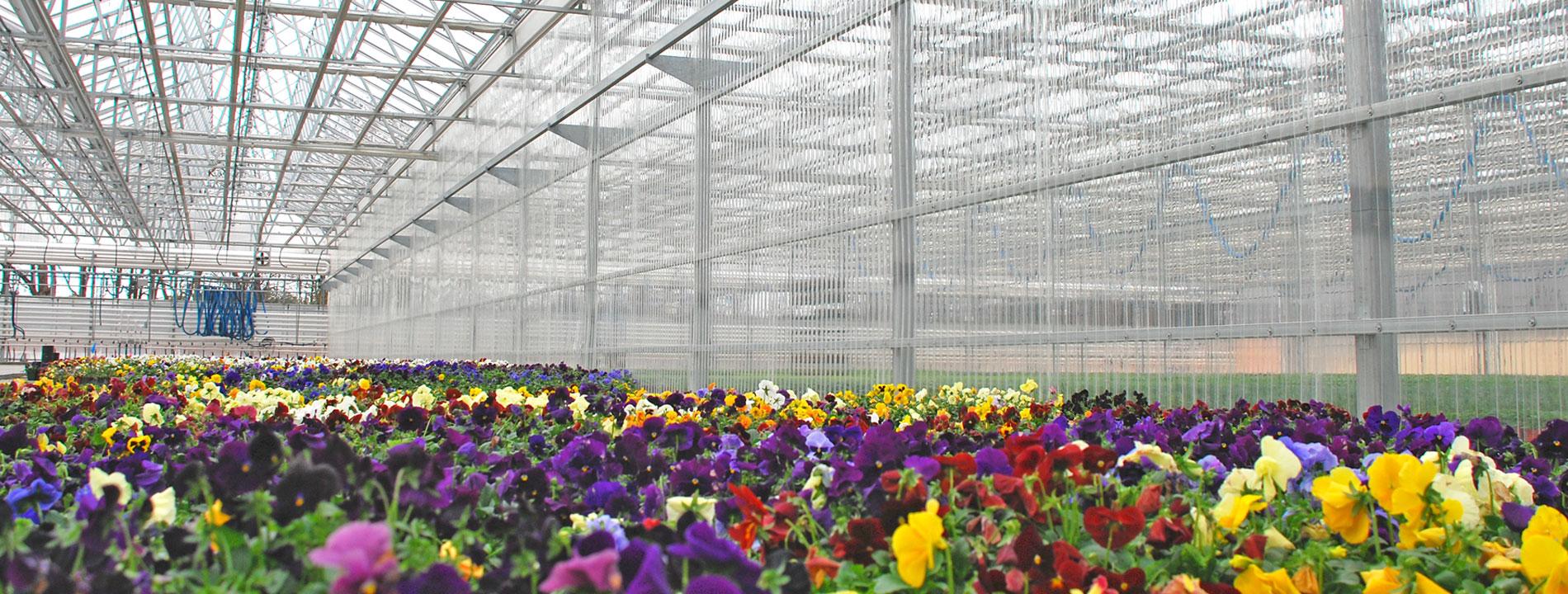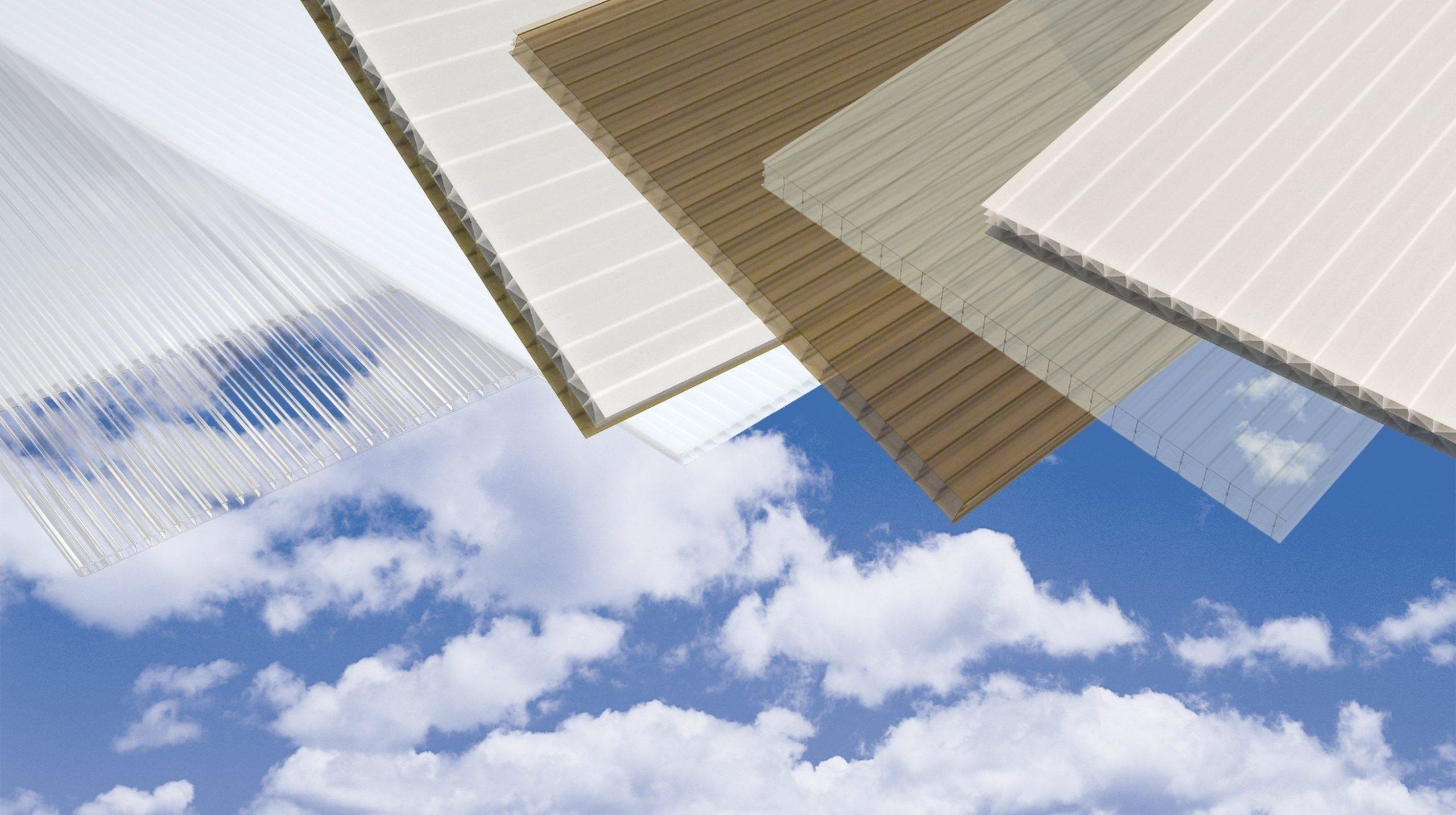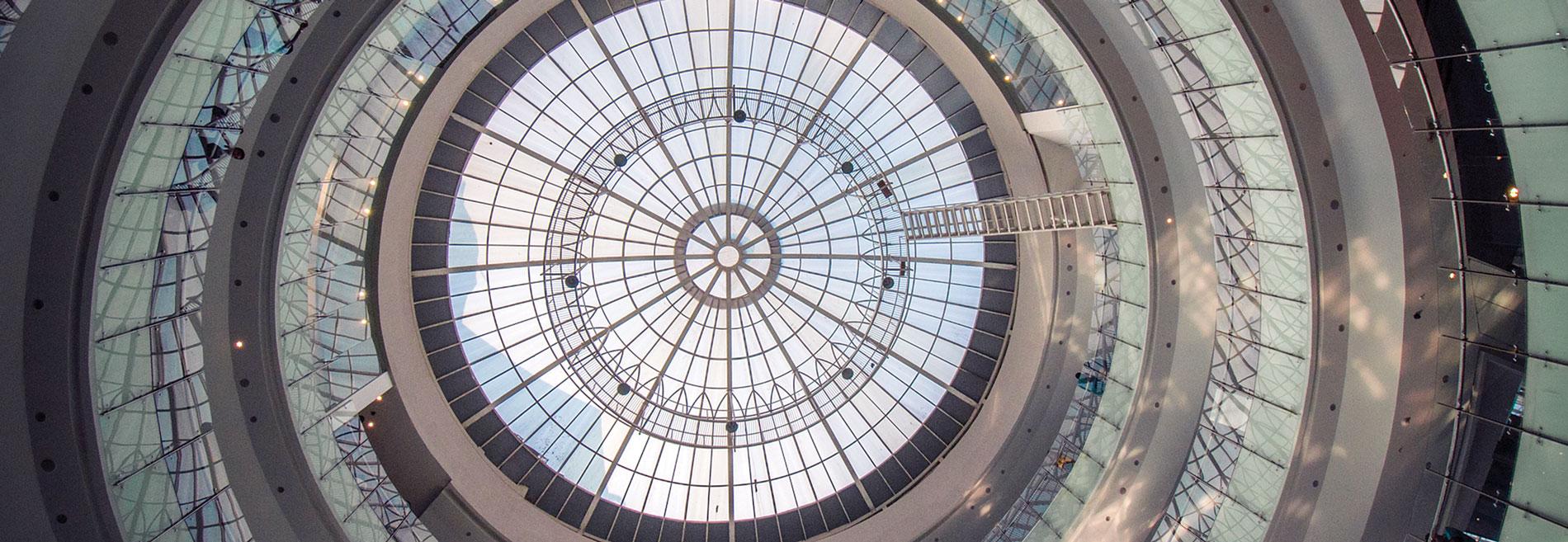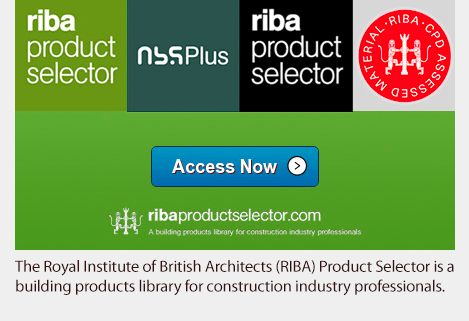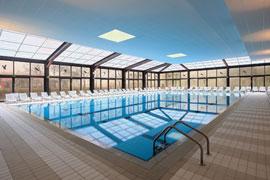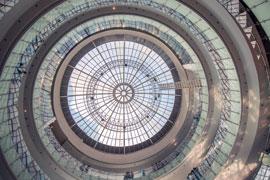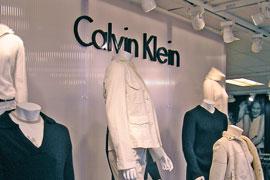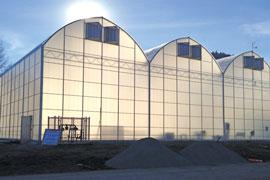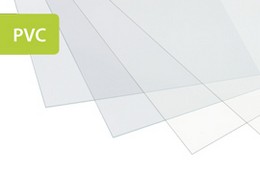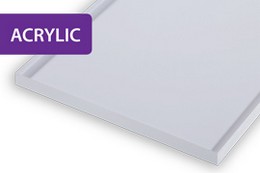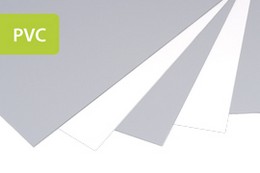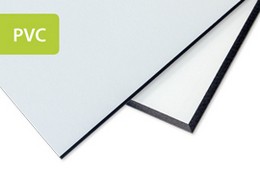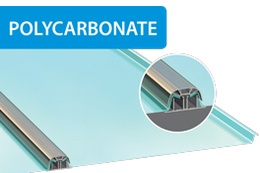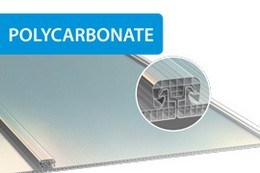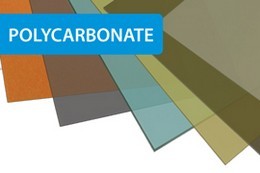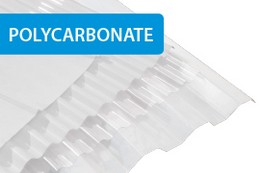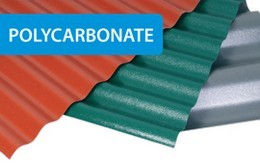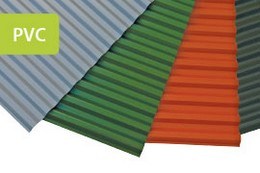SUNLITE® MULTIWALL POLYCARBONATE SHEET
Rigid-structured sheets with a variety of light transmission options & excellent thermal insulation
SUNLITE is a family of flat, multiwall polycarbonate sheet products that feature a cellular structure with at least two walls and connective ribbing. This creates insulating air spaces (cells) that help reduce thermal transfer and result in a rigid, impact-resistant sheet that is significantly lighter in weight than solid polycarbonate, acrylic or glass sheets. In addition, this solution offers substantially better energy efficiency than any single-layer sheet. The SUNLITE multiwall polycarbonate product range offers many options - from built-in condensate control for greenhouses & garden centers to advanced SolarSmart™ tints that reduce solar heat gain while providing greater light transmission and clarity. Use our product filter to find the SUNLITE polycarbonate multiwall sheet or panel product that best suits your application, whether it’s for exterior roofing, wall cladding, or glazing applications; or for interior partitions, displays, and POP merchandising displays. SUNLITE is one of the many products that Palram offers for these market segments.
Main Benefits
- High thermal insulation
- Lighter weight than solid panels with excellent rigidity
- Impact resistant
- Available in clear for high light transmission or in a variety of tints for shade, including SolarSmart™ tints that reduce solar heat gain with greater clarity than standard tints or colors
- Excellent structural durability
- Weather and UV resistant
- Blocks virtually all UV radiation
- Easy to handle and install
- High fire rating
Typical Applications
- Architectural roofing and glazing
- Skylights and sidelights
- Conservatory roofing
- Covered walkways
- Illuminated signage and backdrops
- Decorative partitions
- POP merchandising displays
- Greenhouse and garden center roofing
